Spherical lenses propelled by chemical fuel offer a simpler and faster way to image objects that are otherwise too small to see through a conventional microscope.1Joseph Wang’s University of California, San Diego (UCSD), team’s ‘swimming microrobot’ lenses magnify features smaller than the ‘diffraction limit’ resolvable by light microscopy.
The microrobots ‘see the invisible’, team member Jinxing Li tells Chemistry World, by pushing optical microscopes’ lower resolution limit down from about 200nm to about 50nm. ‘And we easily get this magnification directly by using a white-light microscope with a very short exposure time,’ Li says.
Stitching together small images formed as the microrobots swim up and down makes a larger picture. This avoids the complicated labelling and processing that go with super-resolution techniques that empower researchers today to regularly breach the diffraction limit.
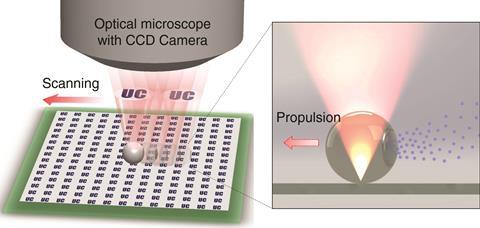
Wang’s team has long worked on micro- and nano-robots, which are usually tiny objects coated with platinum acting as a catalyst in breaking down hydrogen peroxide fuel. The scientists first used the resulting propulsion to move nanomotors that focused light in an approach intended to help make electronic devices even smaller in 2014.2 After that they decided to use similar robots to magnify structures for super-resolution imaging, Li explains.
In this case, the swimming microrobots are either transparent polystyrene or titanium dioxide spheres, with a metal coating on one side small enough to avoid blocking light. Underneath the platinum catalyst layer Wang, Li and their colleagues also add a nickel layer that allows them to steer the spheres with magnets.
The scientists put microrobots on top of objects they want to see, and then cover them in a solution of hydrogen peroxide in water. The catalytic reaction starts the robots moving, at a speed from 5–35μm/s, depending on the fuel concentration. The team has shown that this approach works on various materials, including synthetic patterns, protein and DNA structures, and mouse brain tissue.
James Wang from Bangor University, UK, one of the inventors of the world’s first microsphere-based super-resolution white-light nanoscope, calls the approach novel, interesting, simple and effective. ‘The approach works well in handling biological samples, which often requires working in liquid environments,’ he says. However, not all materials will be compatible with liquids, Wang notes, and hydrogen peroxide’s toxicity risks killing live samples. Li counters that he and his colleagues have already proposed other fuels and non-chemical propulsion to overcome such limitations.
References
1. J Li et al, Nano Lett., 2016, DOI: 10.1021/acs.nanolett.6b03303
2. J Li et al, Nat. Commun., 2014, DOI: 10.1038/ncomms6026
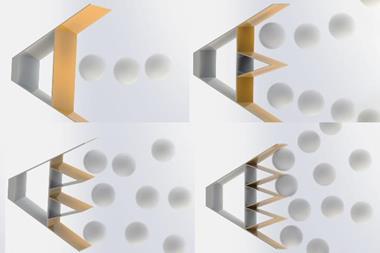

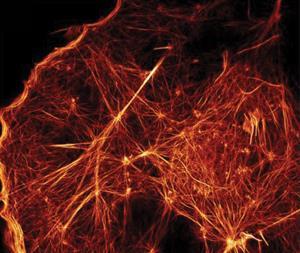








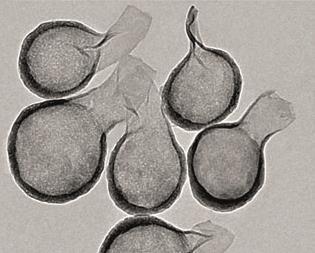
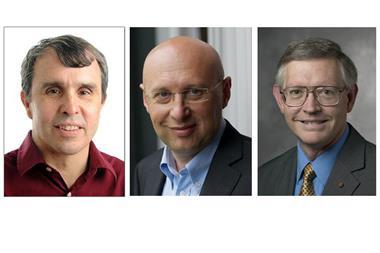










No comments yet